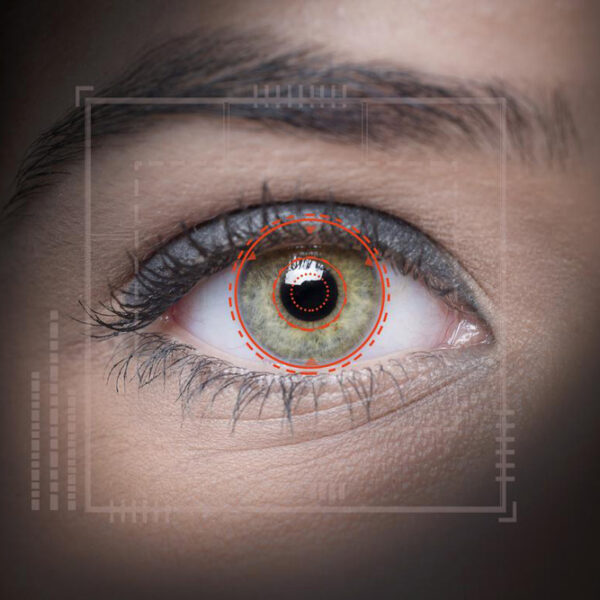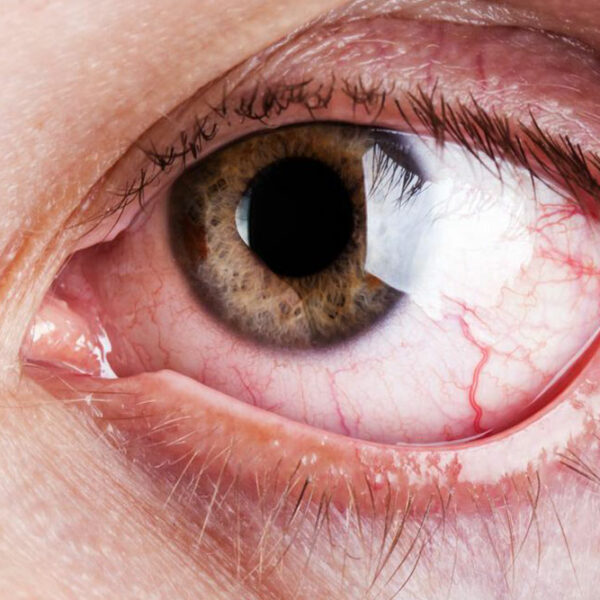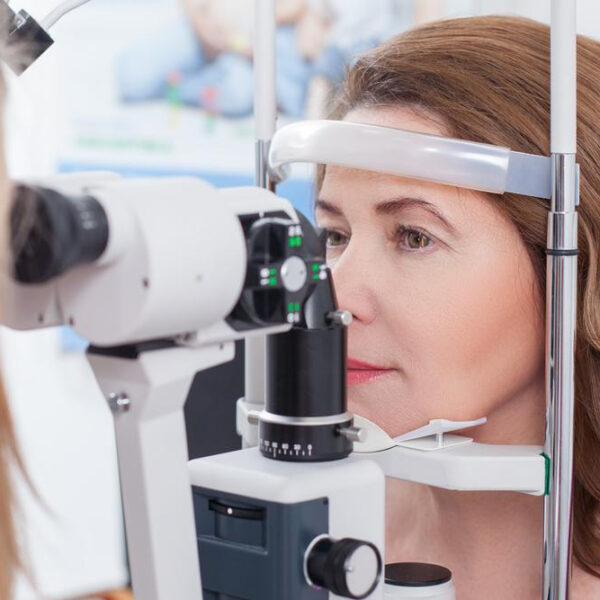
How is retinal tear and detachment treated?
Retina, a continuation of the central nervous system (CNS), is the only part that is visible from outside. The retina is the organ of sight and is provided with special photosensitive cells called cones and rods. Cones can discern color and produce well-defined sharp color images. They work only in bright light. The rods are very sensitive to light but cannot distinguish between colors and produce only ill-defined images. The light falling on these cells are converted into electric impulses through a cascade of chemical-electric reactions and is taken to the brain by the optic nerve for processing and image formation. This delicate and sensitive organ suffers many disorders, some degenerative and most inherent to itself. Retinal tear, retinal detachment, and diabetic retinopathy are the common ailments. Retinal tear happens when the vitreous, the clear gel-like substance, filling the rear chamber of eyeball, contracts and pulls the retina with enough force that it tears. It is painless and a sudden increase in size and number of floaters is all there to indicate a retinal tear may be happening. The other symptoms are reduction in peripheral vision manifesting as shadow in the corner of the field of vision, blurred vision etc.






